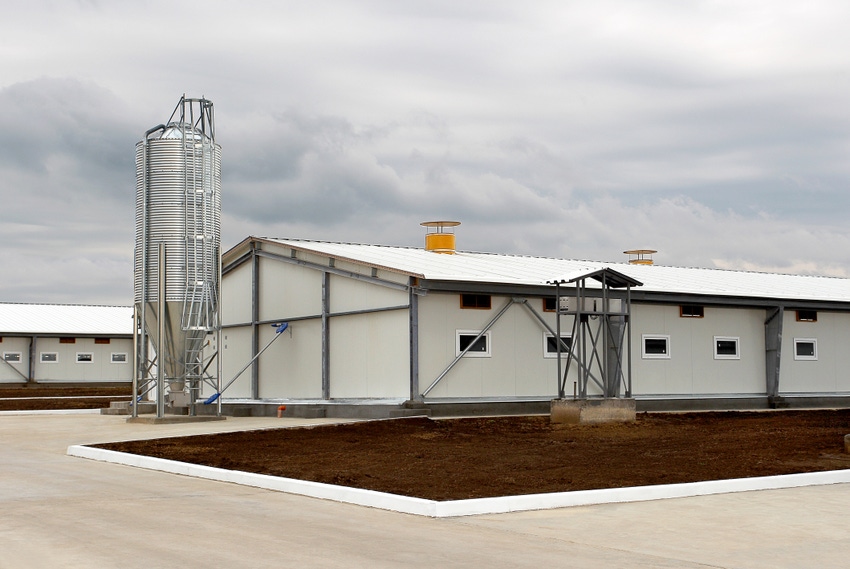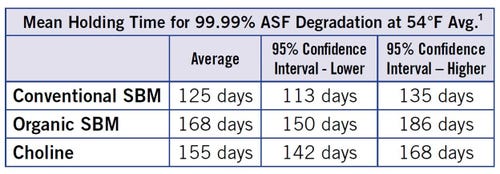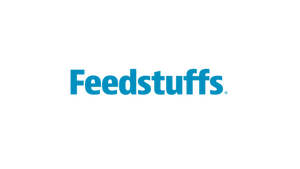Updated feed holding time calculations inform biosecurity processes
Feed component holding times could be one tool used in conjunction with other mitigations to enhance feed safety.
February 6, 2020

Studies have shown the theoretical ability for swine viruses to be transmitted through feed and feedstuffs, and ongoing research caused the Swine Health Information Center (SHIC), the National Pork Board, the National Pork Producers Council and the American Association of Swine Veterinarians to offer updated and revised information for feed holding times to mitigate virus transmission.
In an announcement, SHIC said feed component holding times could be one tool used in conjunction with other mitigations to enhance feed safety. Sourcing feed components from regions or countries of the world that don’t have African swine fever (ASF) or other diseases foreign to the U.S. will also negate potential risk, SHIC said.
The Institute for Feed Education & Research (IFEEDER), the public charity of the American Feed Industry Assn., helped fund the initial research to provide the best understanding of viral survivability in feedstuffs and details for mitigating risk to domestic herds via holding times, which was based on using Senecavirus A in the model, SHIC noted.
The initial estimations, which were calculated in October 2018 and then first updated in May 2019, now reflect new information from work done on the ASF virus half-life. Based on the conditions of transoceanic shipment from Asia, the Table displays the mean holding times calculated to provide 99.99% ASF degradation at 54°F (average).

The information shows holding time details for general informational and educational purposes, SHIC said, noting that the data should not be considered as recommending or advocating any specific course of action. This information will be consistently reviewed and updated for the benefit of the U.S. swine industry, SHIC added.
Complete information on the research leading to the holding time calculation is posted on the SHIC website. The center also provides information on questions producers should be asking their feed suppliers as part of their biosecurity protocol.
SHIC was funded by America’s pork producers to protect and enhance the health of the U.S. swine herd and focuses its efforts on prevention, preparedness and response. As a conduit of information and research, SHIC encourages the sharing of its publications and research for the benefit of swine health. Forward, reprint and quote SHIC material freely. For more information, visit www.swinehealth.org, or contact Dr. Paul Sundberg at [email protected].
You May Also Like



